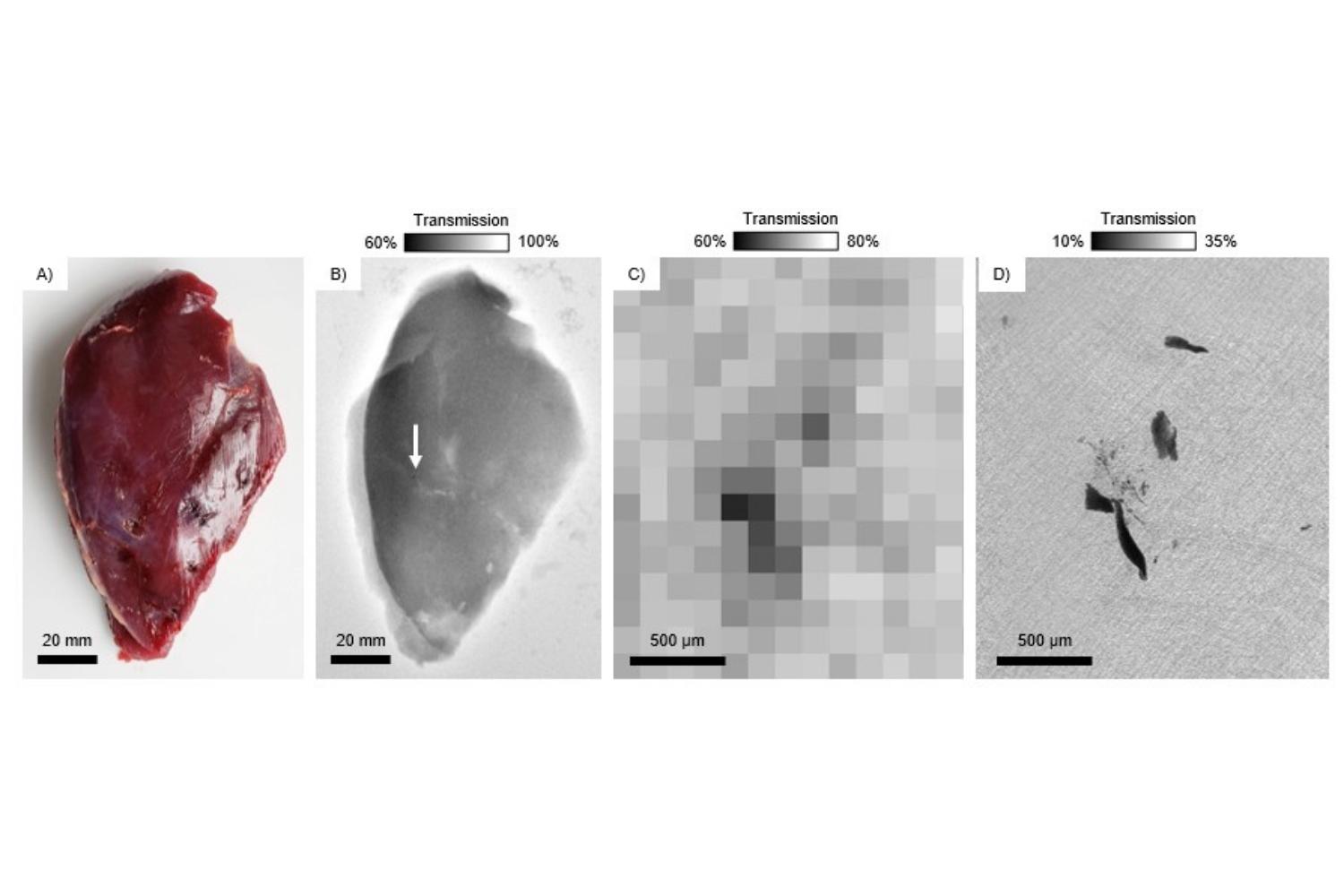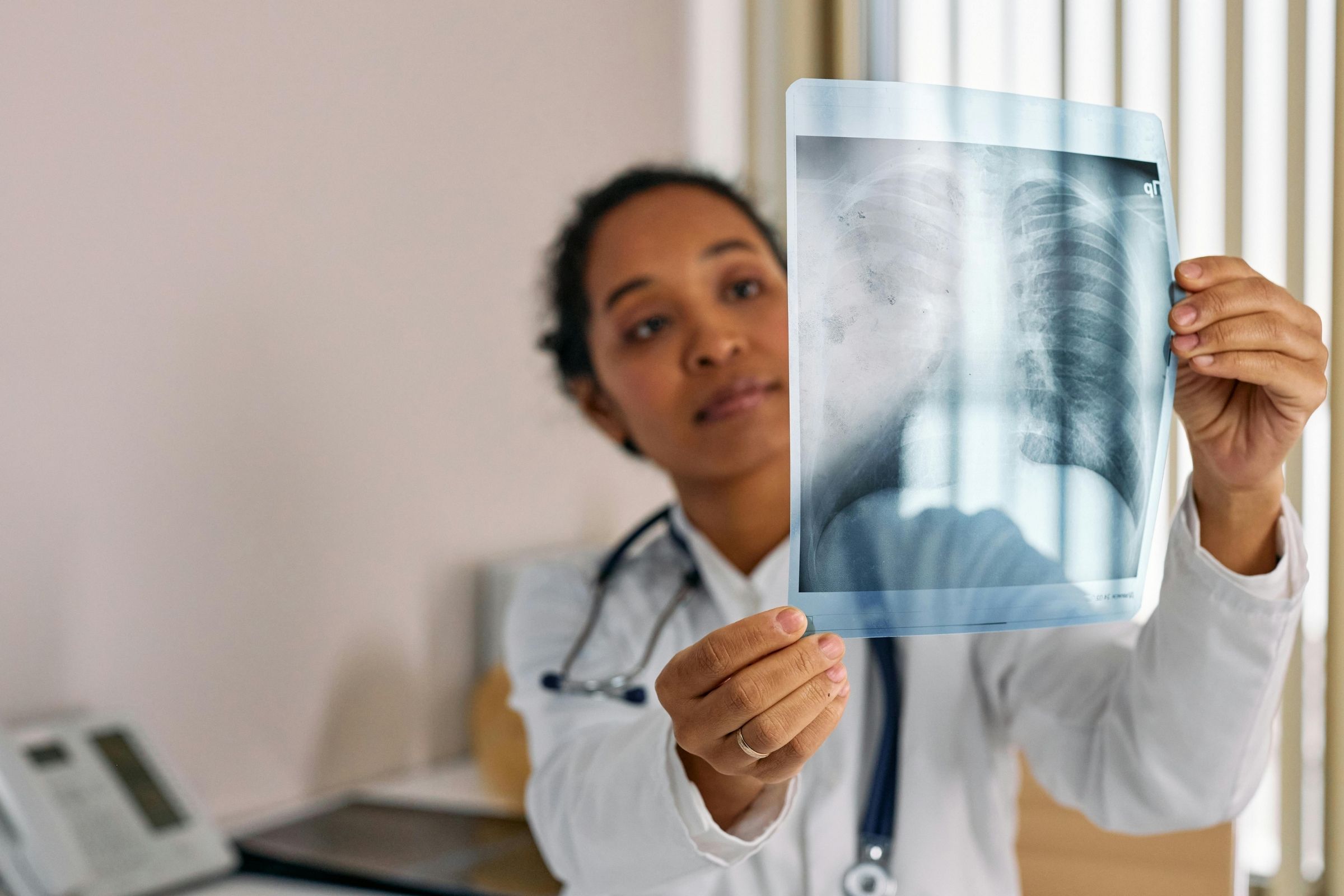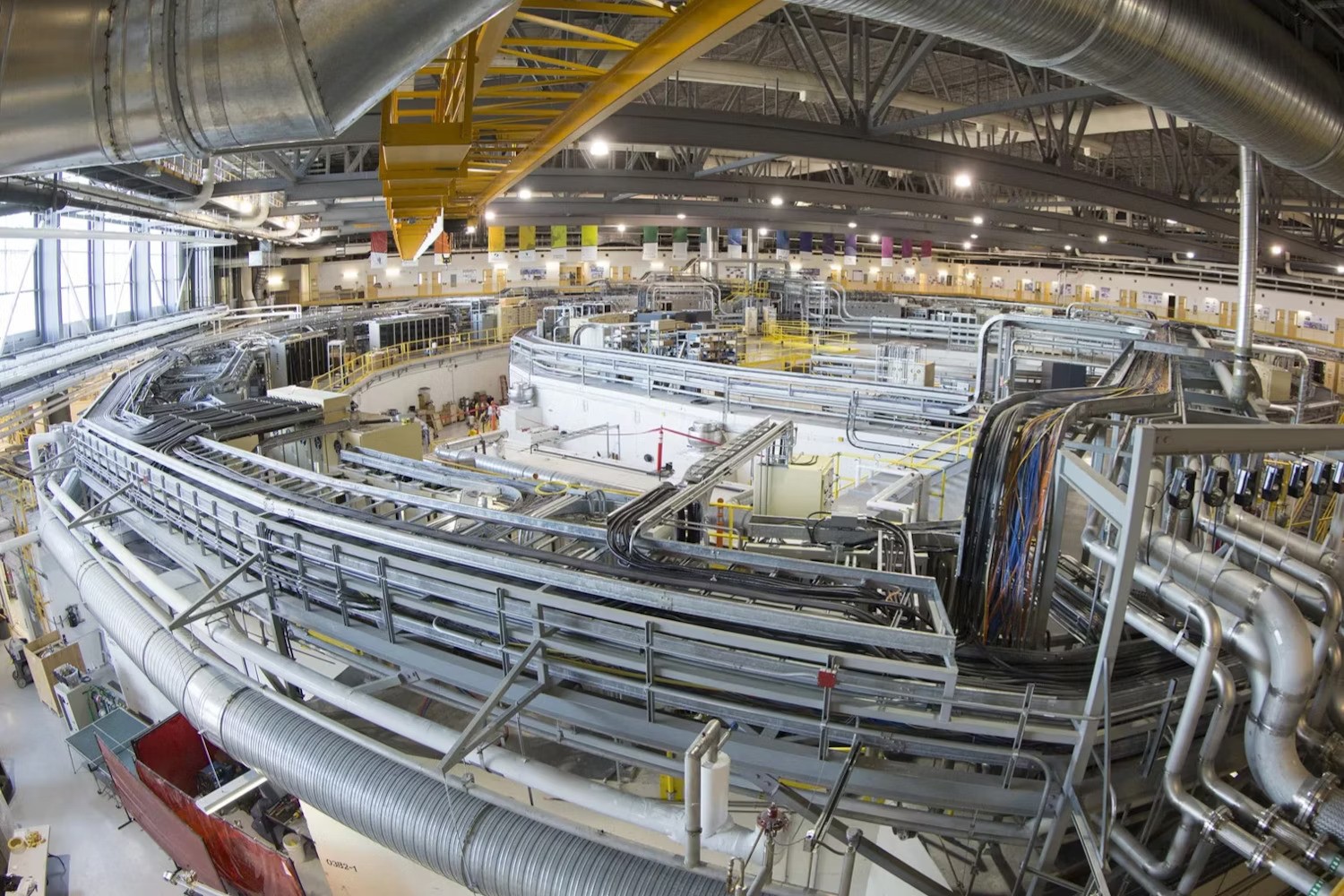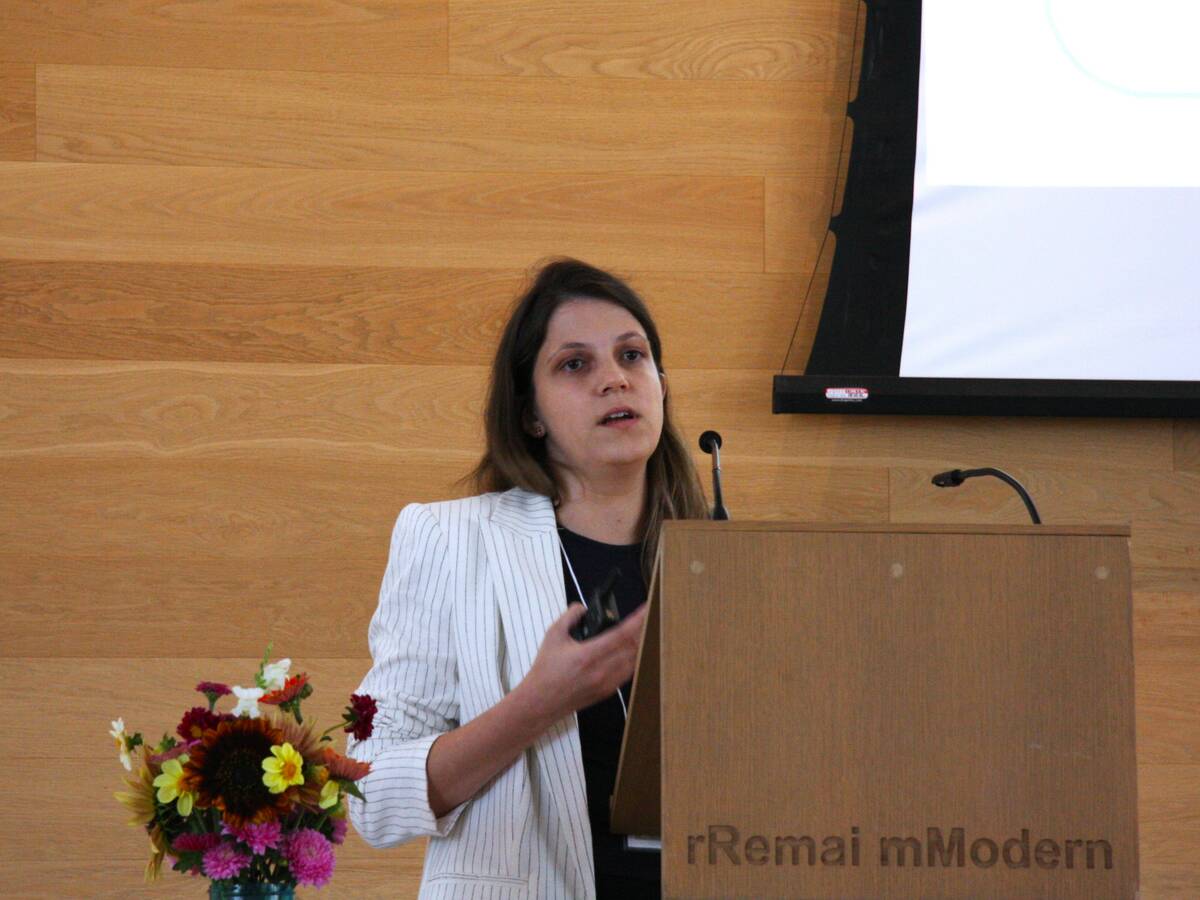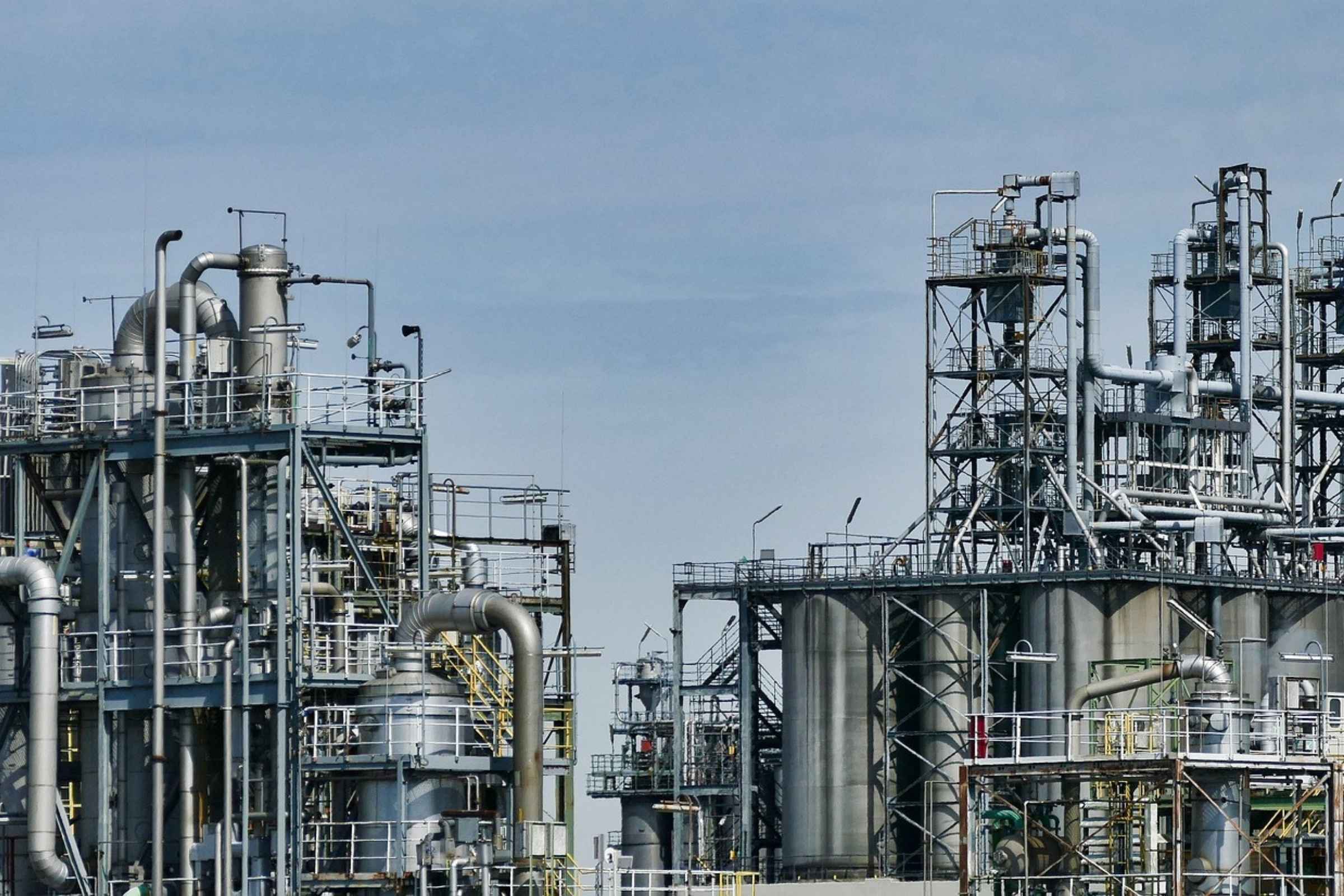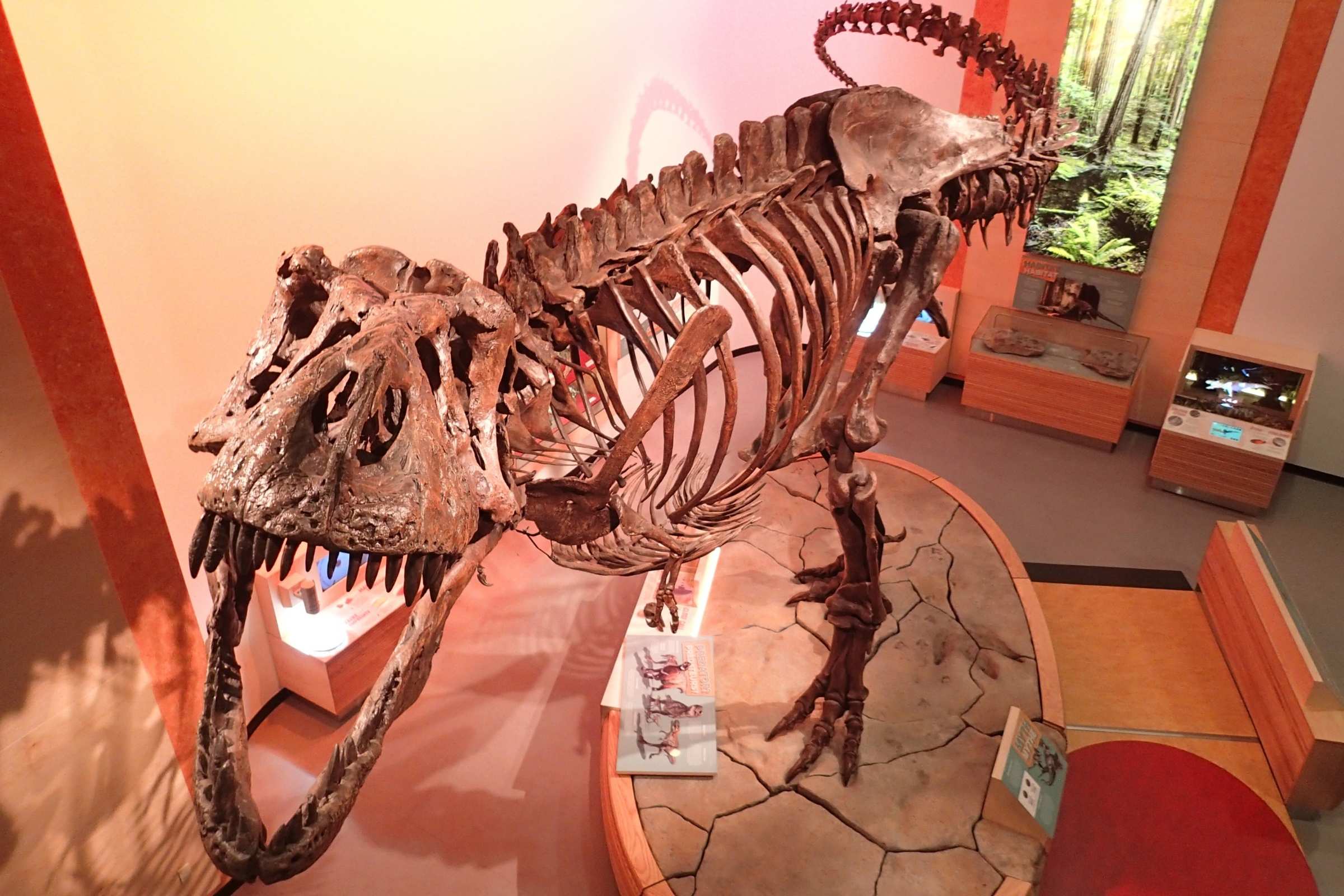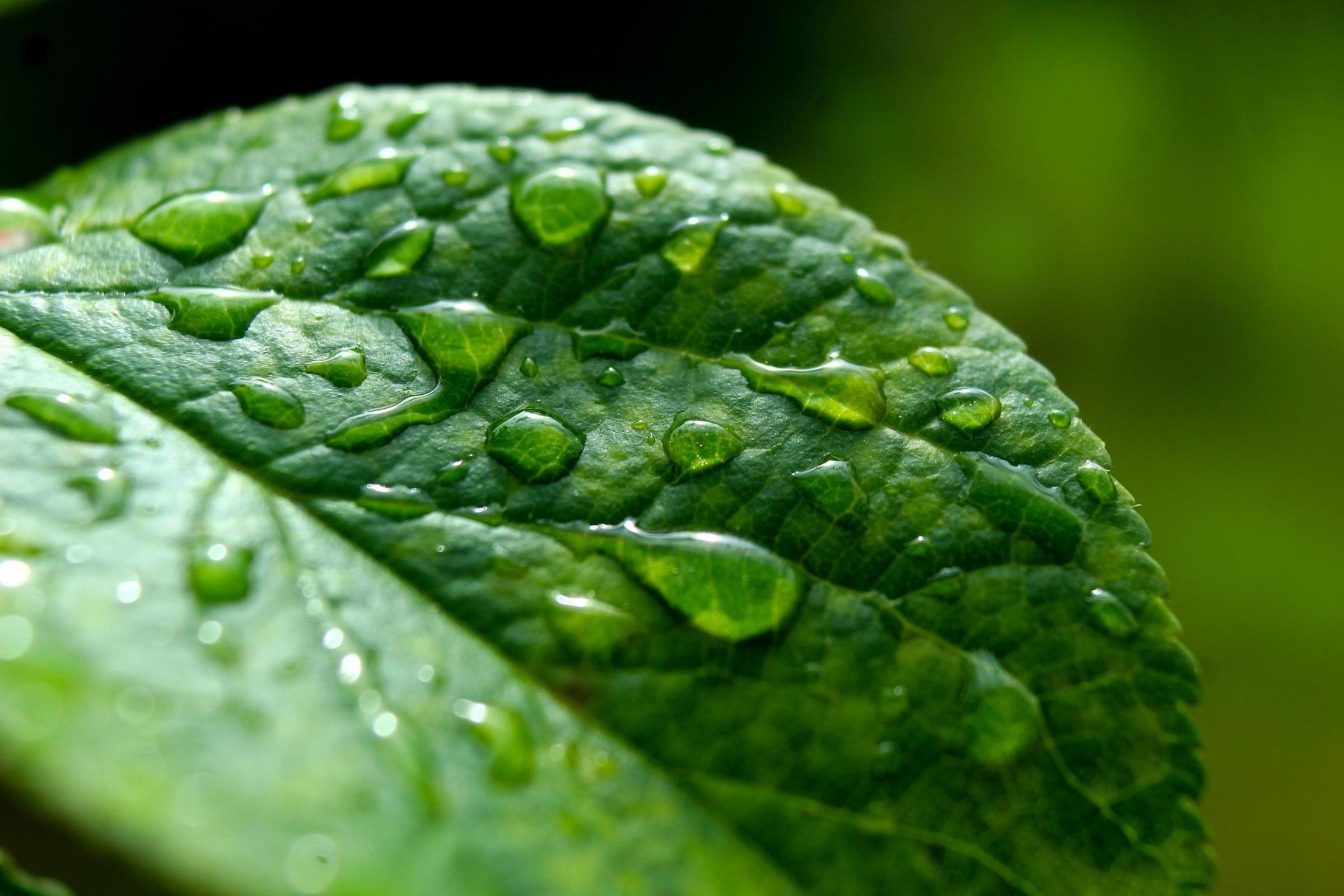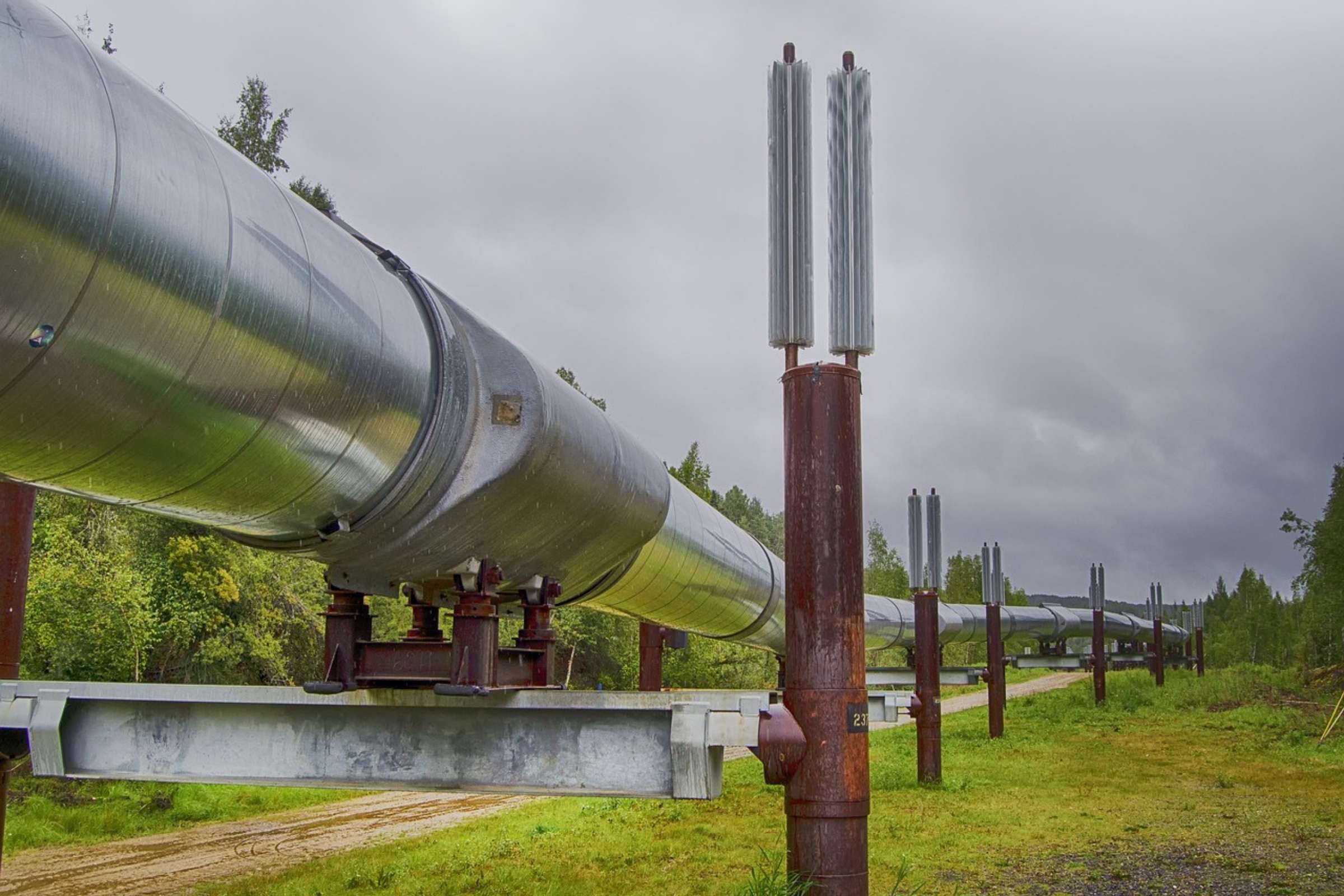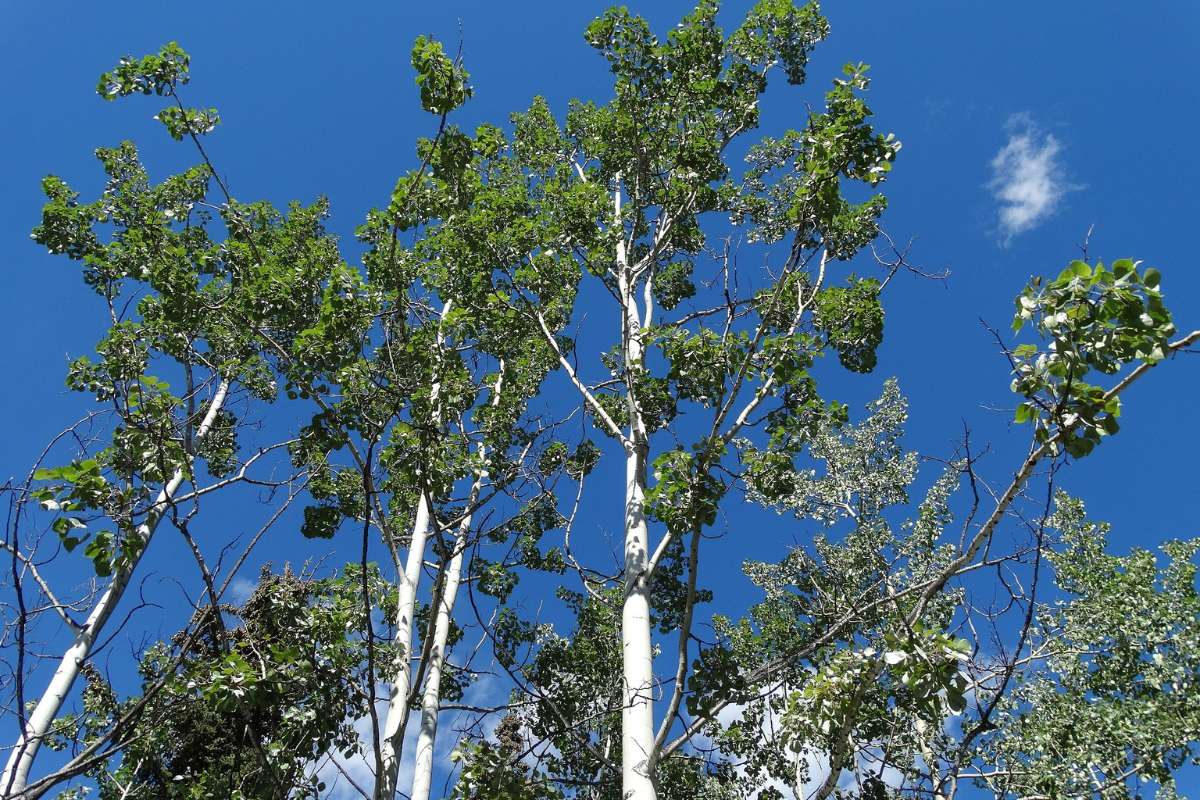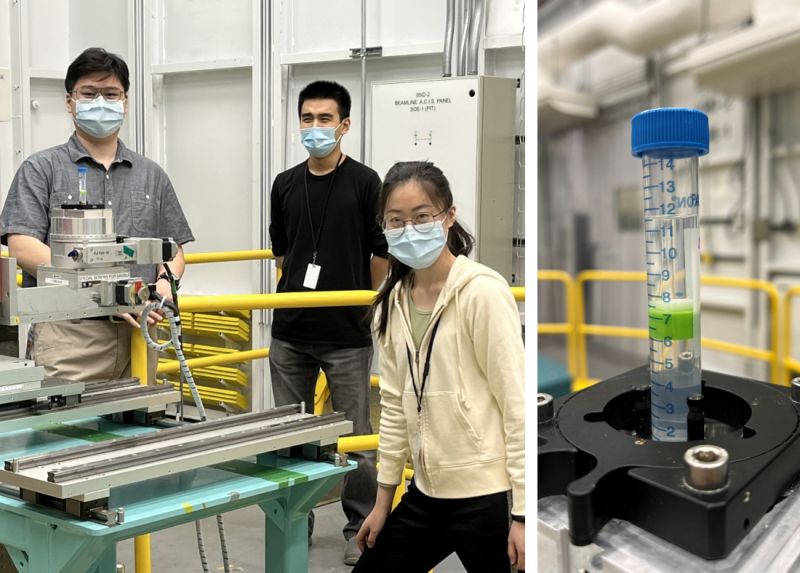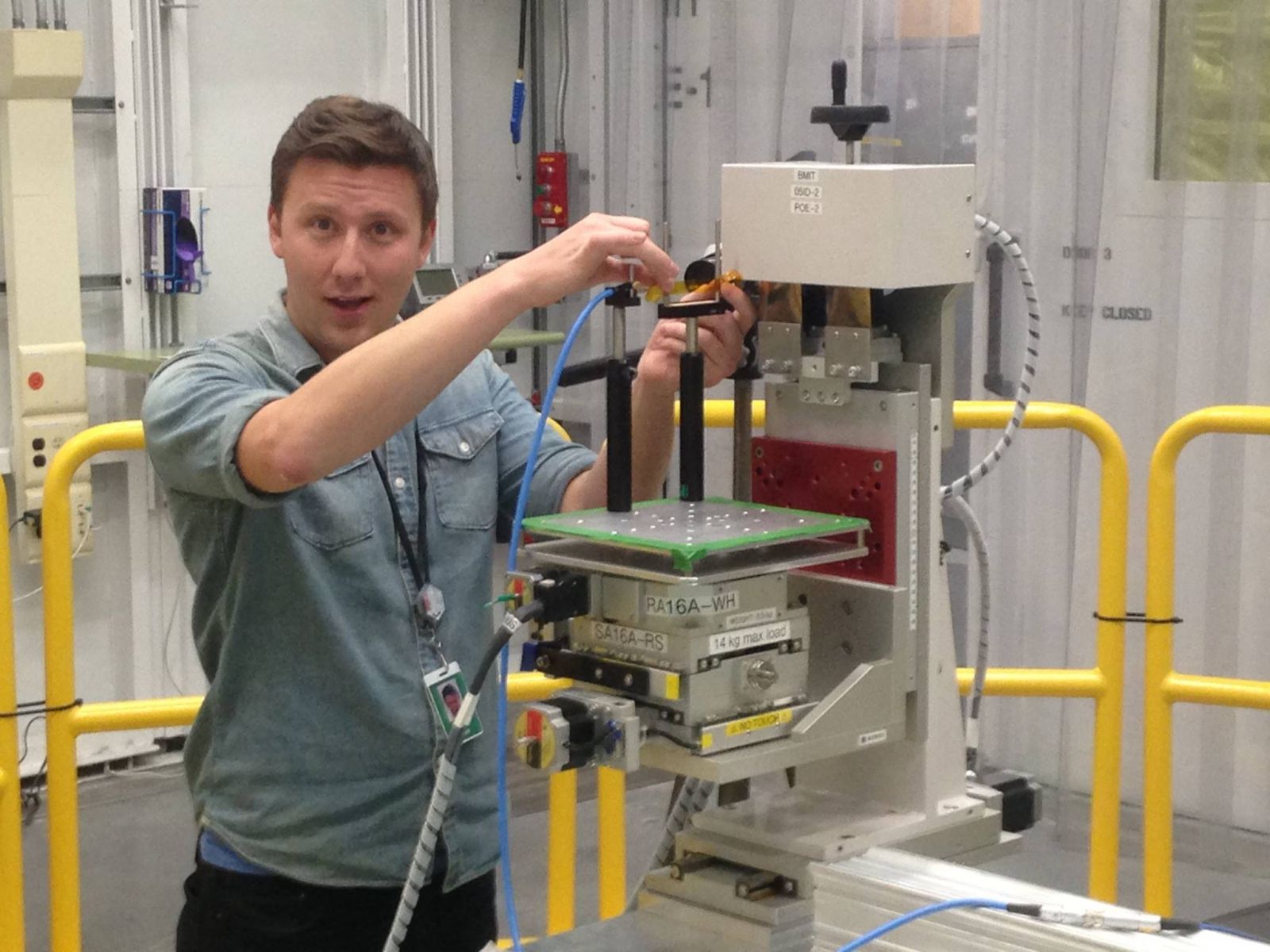
New research reveals tiny lead fragments in hunted meat pose health risk
Synchrotron X-rays show particles far tinier than previously shown and in concentrations exceeding levels set by human health agencies
3D-printed lungs could improve disease prevention and treatment
Lung diseases like tuberculosis and cystic fibrosis can be difficult to treat. In part, that’s because the two-dimensional models researchers use to study the diseases don’t accurately reflect the shape of human lungs -- and animal models don’t behave like humans do when they encounter disease. University of Saskatchewan (USask) researchers from the Vaccine and Infectious Disease Organization (VIDO) and the College of Engineering are working to build a better model.
Could zebrafish hold clues to detecting, preventing scoliosis in children and teens?
Dr. Brian Ciruna had no intention of studying scoliosis, a condition that causes unnatural curvature of the spine. However, the unexpected discovery about a decade ago that zebrafish also develop curved spines left him wondering what was causing the spine to bend and whether there was some connection to the human form of the disease. It turns out that this small, minnow-like fish has a lot to tell researchers about a condition that affects three to four percent of children and young teens in Canada. Despite its prevalence, we know very little about the underlying causes of scoliosis in humans, says Ciruna, Senior Scientist and Head of the Developmental and Stem Cell Biology Program at the Hospital for Sick Children (SickKids) in Toronto and professor in the Department of Molecular Genetics at the University of Toronto. Zebrafish, it turns out, have human-like backbones, making them an excellent model for this research.
New tiny prehistoric fish species unlocks origins of catfish, carp
The fossil of a tiny fish found in southwestern Alberta provides new insight into the origin and evolution of otophysans, the supergroup of fish that includes catfish, carp and tetras, which today account for two-thirds of all freshwater species. The specimen, studied by researchers at Western University, the Royal Tyrrell Museum of Palaeontology and international collaborators, is a skeleton of a fish about 5 cm long from the Late Cretaceous period (the same time period of the iconic Tyrannosaurus Rex, about 70 million to 66 million years ago.) A new kind of fish entirely, it is now named Acronichthys maccognoi. A study detailing the discovery was published today in the high impact journal, Science.
Save the Date: CLS User Community Forum (October 16-24, 2025)
After a challenging year of limited operations, the CLS User Community Forum offers a space to reconnect, share updates, and look ahead together. This one-day hybrid event will bring users, staff, and partners together for open dialogue about the facility’s status, future planning, and the science that continues to thrive across our community. In-person activities will be held in Convocation Hall at the University of Saskatchewan, with all sessions live-streamed for virtual participants.
Fusarium head blight mycotoxin detector in the works
Fusarium head blight (FHB) and the mycotoxin it causes, especially deoxynivalenol (DON), can be a serious economic detriment to producers. It reduces yield and grain grade, as well as contaminates the grain, making it dangerous for human and animal consumption. Sheila Andrade, a PhD student at the University of Saskatchewan, has been working on developing a method of detection to ease the struggles of producers, agronomists and industry. The objective of her work has been to employ synchrotron-based x-ray phase-contrast computed tomograph at the Canadian Light Source (CLS) to measure the morphological parameters of Fusarium-infected wheat kernels, to correlate those parameters with DON contamination, and also compare the morphological FHB symptom differences between durum and bread wheat.
Toward cleaner oil sands processing
Researchers from University of Alberta use CLS to study movement of solids in bitumen froth.
Greening the production of cement
USask researchers find that adding biochar to cement yields concrete that's stronger, more environmentally friendly.
Scotty’s rib: University of Regina PhD student examines preserved blood vessels in famous fossil
Using CLS beamlines, University of Regina team gain new insights into how dinosaur bones may have healed after injuries.
Better heating method makes legumes easier to digest
USask researchers find radio frequency heating breaks down antinutrient in peas and beans and is more energy efficient
Plant leaves inspire design of improved fuel cell
University of Toronto researchers look to nature to overcome challenge of water management in hydrogen fuel cells.
Improving steel pipelines for safe transport of hydrogen
USask researchers use synchrotron light to capture 3D images of cracks that form inside steel.
USask researchers are looking to address the availability of tissues with tissue engineering technology
For the many people who suffer from severe tissue or organ damage, transplantation is the gold standard of treatment methods, but the availability of tissue and organ transplants is limited and wait lists can be long. Dr. Daniel Chen, PhD student Xiaoman Duan, and MSc student Naitao Li, researchers in the University of Saskatchewan’s Division of Biomedical Engineering in the Department of Mechanical Engineering (USask College of Engineering), are looking to address this issue using tissue engineering technology. By creating tissue and organ substitutes, this process could help permanently solve the problem of shortages of donor tissues and organs. The USask researchers have used the BMIT-ID beamline at the CLS to look at 3D-printed hydrogel structures called scaffolds, which are a promising advance in tissue engineering. These scaffolds can be created with properties that mimic a body’s natural tissue extracellular matrix, providing a platform for cell growth and oxygen and nutrient transportation within healing tissues or organs. The researchers are specifically investigating how the hydrogel scaffolds help the regeneration process of damaged nerve tissue, and how they degrade. A better understanding of how hydrogel scaffolds and nerve tissue interact will provide researchers with improved success in clinical treatment of damaged tissues and organs.
Nature’s defense against changing climate
UBC researchers identify unique water storage system that protects balsam poplar trees from drought
USask researchers develop a method to visualize tissue scaffolds
Researchers from the University of Saskatchewan want to develop a method to visualize the internal structure of hydrogel scaffolds that are used to regenerate tissue. Using our BMIT beamline, they were able to scan the internal structure of their samples without cutting them open first, which makes their results more accurate. This detailed data will help the team to develop and test a new method for assessing scaffolds. “With an effective method, we can try to design and manufacture more delicate structures such as blood vessels and then evaluate their structures and mechanical performance as time goes on to ensure that they work as expected,” said Naitao Li, a USask MSc student on the research team who is working alongside Prof. Daniel Chen with the USask College of Engineering. Synchrotron imaging is non-invasive, as well as more accurate and faster than traditional imaging methods, explained Li. The team hopes to develop a method to visualize the scaffolds that are to be implanted in bodies. If successful, this could one day benefit patients who need tissue regeneration treatments.
New bone imaging technique could lead to improved osteoporosis treatment
Osteoporosis takes heavy toll on Canadians in terms of physical suffering and economic burden.
Studying the world’s largest T. rex to learn about evolution
Scotty, the world’s largest T. rex, has captured the public’s attention since it was discovered in Saskatchewan in 1991. Now, researchers from the University of Regina (UofR) and the Royal Saskatchewan Museum (RSM) are taking a closer look at the dinosaur’s remains using the Canadian Light Source (CLS) at the University of Saskatchewan.
Developing future therapies for inoperable cancers
An innovative radiation treatment that could one day be a valuable addition to conventional radiation therapy for inoperable brain and spinal tumors is a step closer, thanks to new research led by University of Saskatchewan (USask) researchers at the Canadian Light Source (CLS).
Chicilo, F., et al. Physics in Medicine & Biology 65, no. 7 (2020): 075010.
The BMIT facility at the Canadian Light Source is specifically designed to support a wide variety of programs in the life sciences, and provides outstanding possibilities for research, including potential clinical applications in imaging and radiation therapy. The facility has two beamlines; a bend magnet beamline, 05B1-1, and an insertion device beamline, 05ID-2. The BMIT advanced imaging modalities allow biomedical systems to be visualized in ways not possible using conventional clinical systems. These can provide insight into anatomy, function, visualization of disease processes including therapeutic response and the possibility of repeated imaging at low dose.
How To Access BMIT Beamlines
- New User? Register Here
- Learn about current BMIT capabilities HERE.
- Already Registered?
- Learn how to Submit a Proposal
- If you have an active proposal, Login to ammend the proposal, copy it for a new submission or create a new one.
- 05ID-2 (SOE-1) Status:
In Operation - 05B1-1 (POE-2) Status:
In Operation - Call for Proposals:
Closed - Storage Ring Status >>
- Research Highlights >>
Quicklinks
- Research and News
- Available Imaging Techniques
- BMIT eNews
- Learning About Synchrotron
- Grad Student Travel Support
- Storage Ring Status
- Sign-up for BMIT eNews
- Follow Us On Twitter
- Join Us on Facebook
- Follow Us On You Tube
Latest News »
- News: New research reveals tiny lead fragments in hunted meat pose health risk
- News: 3D-printed lungs could improve disease prevention and treatment
- BMIT eNews: BMIT eNews | Fall 2025
- News: Could zebrafish hold clues to detecting, preventing scoliosis in children and teens?
- News: New tiny prehistoric fish species unlocks origins of catfish, carp
